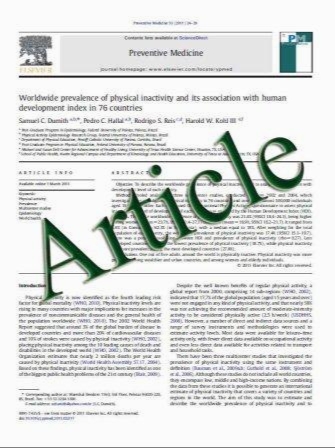Recurrent laryngeal nerve palsy in benign thyroid disease: can surgery make a diVerence?
- نوع فایل : کتاب
- زبان : انگلیسی
- مؤلف : Ram Moorthy · Alistair Balfour · Jean-Pierre Jeannon · Ricard Simo
- چاپ و سال / کشور: 2011
Description
The association between a pre-operative recurrent laryngeal nerve (RLN) palsy and thyroid disease is usually suggestive of locally advanced malignant thyroid disease by invasion of the nerve. However, the risk of benign thyroid disease causing paralysis to the nerve is extremely rare and has been scarcely reported. The aims of this paper are to analyse the experience of patients presenting with RLN palsy and benign multinodular goitre (MNG), evaluate the mechanisms of pathogenesis and determine if thyroid surgery may be of beneWt for these patients. A retrospective review was conducted of Wve patients presenting to the Otorhinolaryngology Head and Neck Surgery Department at Guy’s and St Thomas’ NHS Foundation Trust Hospital between 2000 and 2009. All patients were evaluated with Wbre-optic laryngoscopy, ultrasound-guided Wne needle aspiration cytology and computerised tomography. All patients underwent total or completion thyroidectomy and a handheld nerve stimulator (Xomed-Medtronics Vari-Stim III®) was used at the end of the procedure to check the integrity of the RLN. Post-operatively all patients were followed up for at least 12 months with Wbre-optic laryngoscopy. Five females with an age range between 32 and 81 years presented with RLN palsy and benign MNG. All patients underwent total or completion thyroidectomies with preservation of the aVected nerves. Two patients recovered the function of the nerves. All patients were con- Wrmed to have benign multinodular goitres on histological analysis. RLN palsy in the presence of benign disease is rare. Patients should be carefully evaluated to conWrm the palsy and exclude malignant disease prior to surgery. Surgery should be undertaken to remove the MNG, conWrm the diagnosis and preserve the aVected nerve. There is a signiWcant chance that some of these patients will recover the function of the nerve.
Eur Arch Otorhinolaryngol,Received: 5 March 2011 / Accepted: 6 July 2011 © Springer-Verlag 2011


